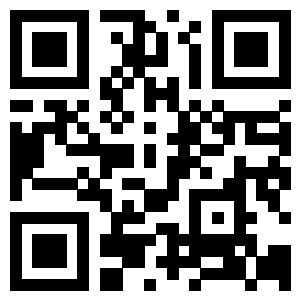Time:2020-09-05 18:31:46 Edit:ShenXun PV:754
Many people know 3G antennas and WIFI antennas, but do you know the difference between these two products? Today, Shenxun Communication Antenna Editor will give a detailed introduction to the difference between the two.
What are the differences between 3G antenna and WIFI antenna?
1. The 2G wireless monitoring transmission mode mainly includes CDMA and GSM two modes. The hardware cost of these two modes is low, the coverage is large, and the transmission speed is slow. The theoretical value transmission rate is up to 153.6Kbps, which basically only reaches 60~80Kbps in actual use. Because the video image requires 512Kbps to transmit smoothly, this speed is far from the video requirements. Therefore, few manufacturers choose to use in wireless monitoring projects. Another biggest disadvantage is that the traffic fee charged by the operator is too high, and every month, every year, a large amount of fees will be incurred. Generally, it will only be considered when it is very remote, WIFI wireless equipment cannot do it, and there is a certain amount of funds.
2. 3G wireless monitoring adopts the 3G technology access method of mobile (TD-SCDMA), telecommunications (CDMA2000 EVDO), and China Unicom (WCDMA) operators. Since 2009, various operators have vigorously promoted, and there have been many monitoring Manufacturers develop related products in this regard. The outstanding advantage of 3G is the high-speed download capability. The ideal value can reach a transmission rate of 3Kbps~20Mbps, but it is still in the promotion stage, so further research is needed in terms of transmission rate.
3G currently has shortcomings such as limited wireless bandwidth capacity, limited access users, and time extension. In the case of multi-user sharing, it is difficult to guarantee the rate and delay requirements of wireless video surveillance. The main disadvantage is that the traffic fee charged by the operator is too high. Not acceptable to general customers.
Strictly speaking, WIFI wireless monitoring is divided into two methods: one is analog wireless monitoring; the other is digital wireless monitoring.
1. Analog wireless monitoring is to directly modulate the video signal on the 2.4G or 1G wireless channel and transmit it through the antenna. The monitoring center receives the wireless signal through the antenna, and then demodulates the original video signal through the wireless receiver. This kind of monitoring The method has no compression loss and almost no delay, so the video quality can be guaranteed, but it is only suitable for point-to-point short-distance (within 1KM) single-channel transmission, not suitable for large-scale deployment.
In addition, because there is no modulation and calibration process, the anti-interference ability is poor, and the frequency points are few, so in the case of the wireless signal environment is complex, it will produce a lot of interference, causing image confusion, loss, etc. Therefore, when there are multiple images to be transmitted, this method is not recommended.
2. Digital wireless monitoring is to encode and compress the video signal first, modulate it through the digital wireless channel (2.3G/2.4G/5.8G, etc.), and then use the antenna to transmit it. The receiving end is the opposite. The signal is received by the antenna, followed by wireless despreading and video decompression, and finally restored to an analog video signal for transmission. This method is also more commonly used in the domestic market. Digital microwave is highly scalable, with at least dozens of channels available for communication capacity, relatively easy to construct, high in communication efficiency, and flexible in use.
Digital wireless has the incomparable advantages of analog wireless, such as large area (5-30 square kilometers), many monitoring points (5-500 points). There are many situations where relays are needed, the situation is complicated and there are many interference sources. Use LP5800-WBSWIFI The base station is the center and cooperates with the base station front-end CPE equipment to transmit the cost performance is very high. Digital wireless has large capacity, strong anti-interference ability, and good confidentiality. The same transmission power has a longer transmission distance, is less affected by terrain or obstacles, has rich interfaces, and has strong expansion capabilities.
Of course, different wireless transmission technologies have their own applicable places. For example, in factories, oil fields, border defenses, forests, etc., there are more wireless monitoring using WIFI. With the improvement of various aspects of 3G performance, the decline of traffic costs, the maturity of the network environment, and the general demand for large-scale wireless monitoring will also promote Further use of 3G.
The WIFI base station is the center and the CPE equipment at the front end of the base station is very cost-effective. Digital wireless has large capacity, strong anti-interference ability, and good confidentiality. The same transmission power has a longer transmission distance, is less affected by terrain or obstacles, has rich interfaces, and has strong expansion capabilities.
Tel
021-69986378
13681808117


Website
ly@eflearning.com